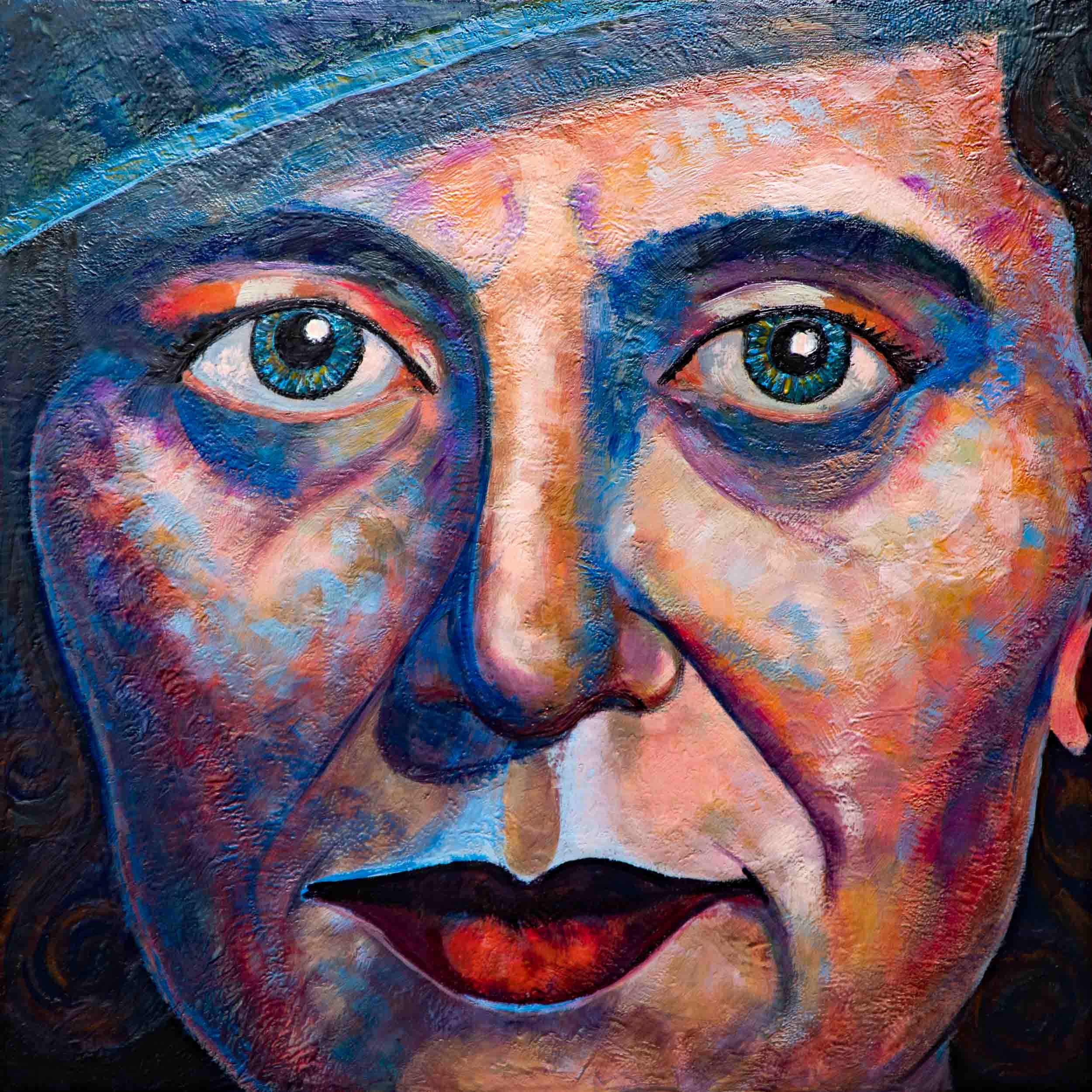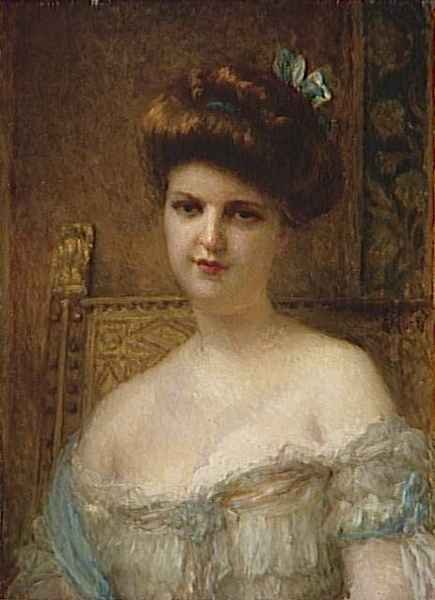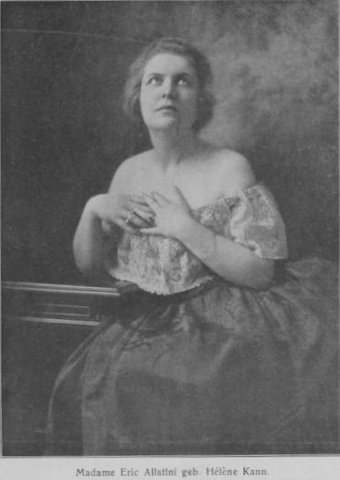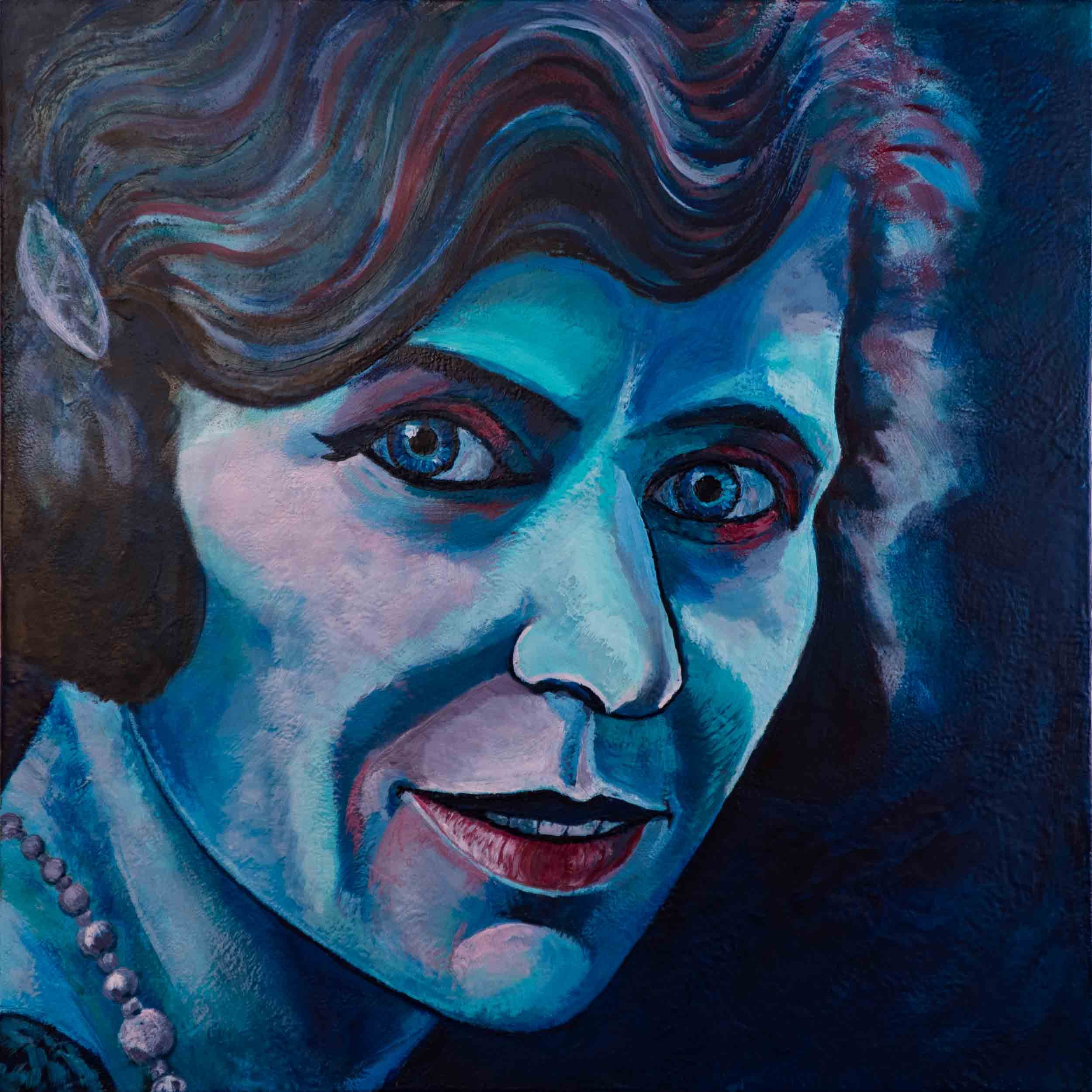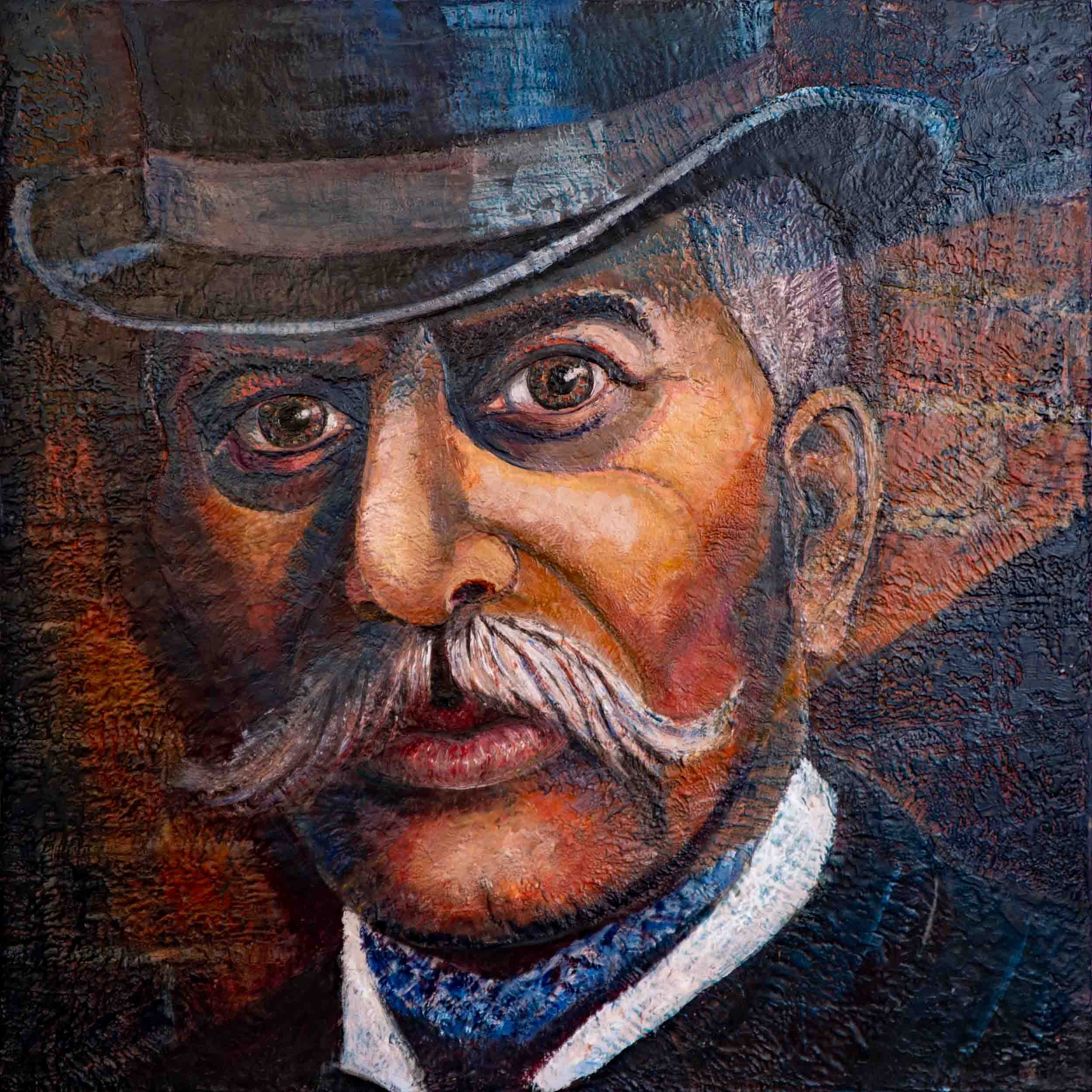SpyMaster
impression of Vera Atkins
“I could not just abandon their memory.”
Squadron Officer Vera Atkins, WAAF, in 1946.
Occupation: Special Operations Executive, F Section Intelligence Officer
According to Canadian author, William Henry Stevenson, Vera May Atkins was “the greatest female secret agent of World War II.
Stunning, ruthless, brilliant, Vera Atkins had a will of iron. She was a highly effective leader who was also fearless, tough and caring.
“Ian Flemming, who was himself a spy, used Vera as the model for Miss Moneypenny, the secretary to his fictional James Bond, and said: “in the real world of spies, Vera Atkins was the boss”.
She received no public recognition until 1995 when Francois Mitterrand astounded everyone by making her a Commandant of the Legion d’Honneur.” — [Spymistress by William Stevenson]
Vera Atkins was a Romanian-born British intelligence officer who worked in the France Section of the Special Operations Executive (SOE) from 1941 to 1945 during the Second World War.
Born June 15 1908, originally Vera May Rosenberg, she changed her name to Atkins, a version of her mother’s surname in 1933, and died in Hastings Sussex, England June 24, 2000.
Atkins recruited before the war by Canadian spymaster Sir William Stephenson of British Security Co-ordination. Stephenson sent her on fact-finding missions across Europe to supply Winston Churchill (then in the 'political wilderness') with intelligence on the rising threat of Nazi Germany.
Vera Atkins was a friend of Hélène Hirsch-Kahn and her husband, my cousin, Eric Moise Allatini.
Hélène Hirsch Kahn was an art and literature enthusiast, and the half-sister of Charlotte Marie Eveline Régine Kann (1863-1889), the first wife of Theodore Reinach, who died at age 25.
Eric Moise Allatini was a musician, author and a man of letters. He was the grand-nephew of Moise Allatini and cousin of Darius Milhaud, Rose Laure Allatini and Amanta Scott.
Grand-nephew of Moise Allatini, Eric Allatini lived in Salonika until the age of 12, when the family emigrated to Marseille, France. Eric wrote an opera, Les Saintes-Marie-de-la-Mer, which his cousin Darius Milhaud set to music in 1911.
Eric Allatini participated in the First World War. In Savoia ! La guerre des cimes (published in 1917), he recounts the first three years of the conflict. He enlisted in the Italian army and was sent to Perugia in the Garibaldian brigade. He was supposed to go to the front, but was retained to train new recruits. He was appointed officer and finally left for the Dolomites with the 82nd brigade. Victim of an accident, he was transported to the rear.
"Everything in the trench, by the alas! palpable proof, that the enemy can destroy and kill on the physical level only, but that the soul and the thought are invulnerable, imperishable". — Eric Allatini
Eric married Hélène Kann, on December 27 1916. They had four children, three daughters (Titiana, Jocelyne and Donatella) and a son (Ariel).
Passionate about cinema, they commissioned the architect Robert Mallet-Stevens to build a vast four-story house, including a cinema projection room. This house, built at 3-5 rue Mallet-Stevens, became a meeting place for artists and writers, including Anatole France and Luigi Pirandello. Éric Allatini financially supported and administrated Marcel L'Herbier's film, Le vertige (1926). He was editor, for the cinema and the music, of the review Cahiers d'art. In music, he adapted and choreographed revivals of Serge de Diaghilev's ballets by the Ballets de Monte Carlo in collaboration with Michel Fokine and René Blum.
During the Second World War, Hélène and Éric Allatini welcomed refugees into their home and helped them clandestinely. They were arrested on October 13, 1942 by the French Gestapo. After a few months of imprisonment in France, they were transferred in the first months of 1943 to Drancy and then to Auschwitz by convoy n° 63 on December 17, 194312. Eric Allatini was sent to the gas chambers as soon as he arrived in Auschwitz. Their children, Donatella and Titiana, owe their lives to Jeanne Talon.
Eric Allatini and Hélène Hirsch Kahn Allatini were friends with WWII Secret Agent Vera Atkins and with Gerda Wegener and Lily Elbe. Gerda Wegener illustrated Eric’s book “Contes de Mon Père le Jars” (1919). Gerda Marie Fredrikke Wegener (née Gottlieb; 15 March 1886 – 28 July 1940) was a Danish illustrator and painter. Wegener is known for her fashion illustrations and later her paintings that pushed the boundaries of gender and love of her time. These works were classified as lesbian erotica at times and many were inspired by her partner, the transgender woman Lili Elbe.
Hélène and Eric were arrested on October 13, 1942 by the French Gestapo. After a few months of imprisonment in France, they were transferred in the first months of 1943 to Drancy and then to Auschwitz by convoy n° 63 on December 17, 1943. Eric Allatini was sent to the gas chambers as soon as he arrived in Auschwitz.
Their home was turned into a torture chamber by the Nazis in WWII.
“During the summer of 1943, the two youngest Allatani daughters, Donatella, born in 1926, and Tiziana, born in 1927, took refuge with Jeanne Talon, a trusted friend of their mother.
The two older children of Eric and Hélène Allatani, Jocelyne Julie Milisand, born in 1918 (who died in 1947) and Ariel Aimond Alvise, born in 1921, who had joined the maquis, were not deported.
Towards the end of November 1943, two of the girls’ cousins, Violaine Reinach, 18, and her sister Laurence, 15, arrived at Jeanne Talon’s home.
Their parents, members of the Camondo family, were arrested and interned at Drancy. They were deported to Bergen-Belsen.”
— http://www.ajpn.org/personne-Tiziana-Allatini-1484.html
References
- https://en.wikipedia.org/wiki/Vera_Atkins
- The Life of Vera Atkins, the Greatest Female Secret Agent of World War II, William Henry Stevenson, Arcade Publishing, 2006
- https://allthatsinteresting.com/vera-atkins
- https://www.sttammanylibrary.org/blogs/post/women-in-history-vera-atkins/
- https://www.encyclopedia.com/history/encyclopedias-almanacs-transcripts-and-maps/atkins-vera
- https://www.nytimes.com/2000/06/27/world/vera-atkins-92-spymaster-for-british-dies.html
- https://internationalbcc.co.uk/about-ibcc/news/vera-atkins/
- https://www.amazon.com/Life-Secrets-Atkins-Missing-Agents/dp/1400031400
- https://www.theguardian.com/news/2000/jul/06/guardianobituaries.ianjack
- https://spartacus-educational.com/SOEatkins.htm
- https://www.washingtonpost.com/archive/local/2000/06/28/british-spy-master-vera-atkins-92/4a45f9f9-97a1-46c8-81e3-5193d0430f60/
- https://www.scribd.com/book/575592926/Spymistress-The-True-Story-of-the-Greatest-Female-Secret-Agent-of-World-War-II
- https://fr.wikipedia.org/wiki/Éric_Allatini
- https://en.wikipedia.org/wiki/Gerda_Wegener
